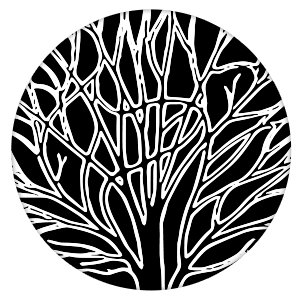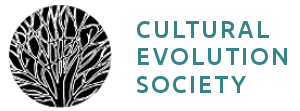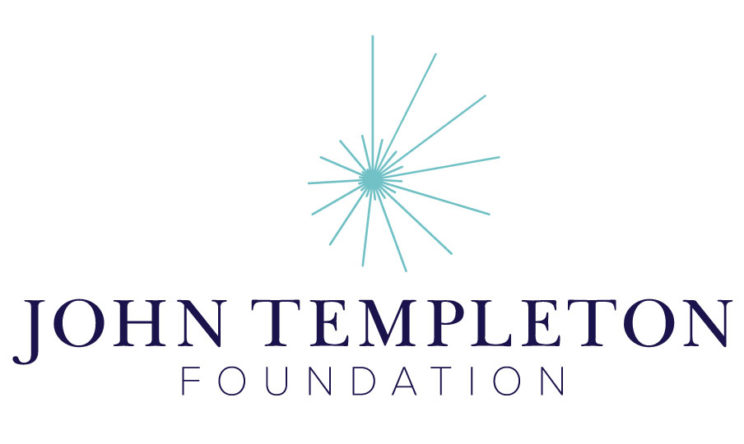Animal Cultures: Core Discoveries and New Horizons
Lecture 8: Major study groups – Insects
Professor Étienne Danchin, CNRS, Université de Toulouse, France
After a brief historical and methodological introduction, this lecture illustrates several examples of insect social learning and discusses the scant evidence for the existence of insect culture. This leads to the proposal of a new definition of animal culture that is subsequently applied in the second part of this lecture to the specific case of the cultural transmission of sexual preferences in the fruit fly. The conclusion is that this insect has all the cognitive capacities to transmit its sexual preferences culturally across generations in a way that can foster the emergence of very long-lasting local cultural traditions of preference for a given arbitrary phenotype.
After highlighting the fact that the proposed definition provides a toolbox that can be transposed to the study of animal culture in any type of organism, the lecture ends in discussing the current limitations and future challenges for the study of animal culture in general.
Étienne Danchin
Lecture 8a:
Lecture 8b:
Lecture slides 8a (pdf)
Lecture slides 8b (pdf)
Core (testable) readings
Alem, S., Perry, C.J., Zhu, X., Loukola, O.J., Ingraham, T., Søvik, E. & Chittka, L. (2016) Associative Mechanisms Allow for Social Learning and Cultural Transmission of String Pulling in an Insect. PLoS Biology 14, e1002564.
Danchin, É., Nöbel, S., Pocheville, A., Dagaeff, A.-C., Demay, L., Alphand, M., Ranty-Roby, S., Van Renssen, L., Monier, M., Gazagne, É., Allain, M. & Isabel, G. (2018) Cultural flies: conformist social learning in fruit flies predicts long-lasting mate-choice traditions. Science 362, 1025-1030.
Further reading
Avital, E. & Jablonka, E. (2000) Animal Traditions. Behavioural Inheritance in Evolution. Cambridge University Press, Cambridge.
Von Frisch, Karl, and Leigh E. Chadwick. (1967).The dance language and orientation of bees. Vol. 1. Cambridge, MA: Belknap Press of Harvard University Press.
This project was supported by Grant #61105 from the John Templeton Foundation to the University of Tennessee, Knoxville (PIs: S. Gavrilets and P. J. Richerson) with assistance from the Center for the Dynamics of Social Complexity and the National Institute for Mathematical and Biological Synthesis at the University of Tennessee, Knoxville.

The Cultural Evolution Society's Online Learning Tutorial Series is licensed under a Creative Commons Attribution-NonCommercial-ShareAlike 4.0 International License. For designers' contact information, click here.



